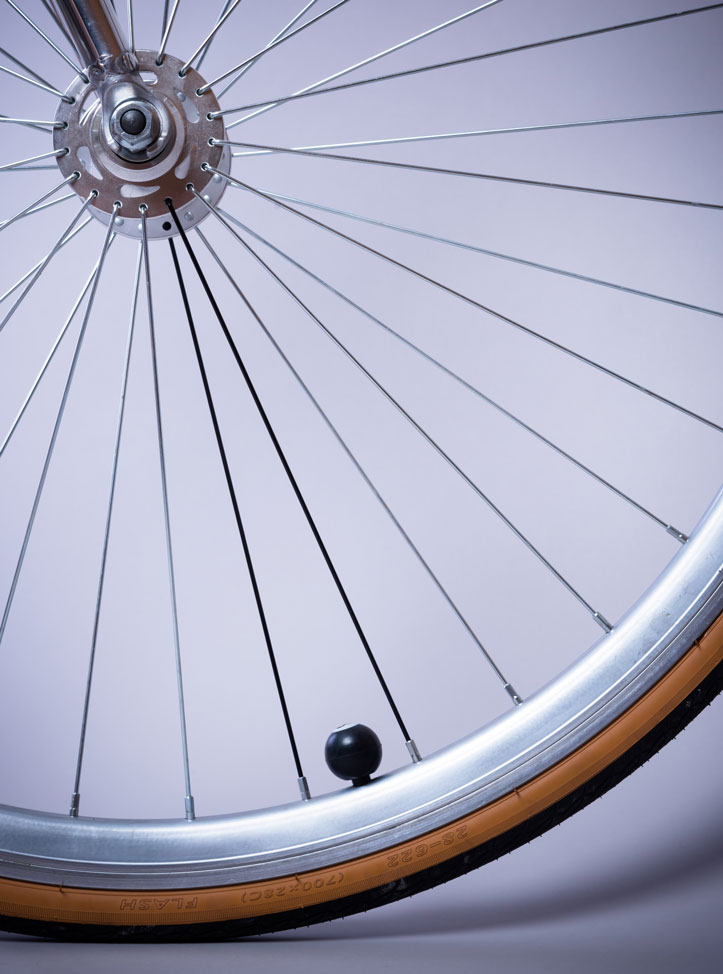One of the best things about riding your bike is listening to the sounds of nature all around you, unless of course you can’t enjoy that because your bike is squeaking squawking and squealing. Every cyclist knows this pain, because every bike suffers from wear and tear over the course of time. However, few people actually know how to locate the noise and fix it! Most cyclists do their best to ignore the noises until it gets bad enough that they take it to a bike shop for maintenance. This can be both dangerous, and expensive. Bike noise is usually a good indicator that something on the bike needs maintenance and should never be ignored. And rather than running up a bill at the bike shop, you can quickly learn to locate and fix the problem yourself! This guide is meant to give a quick overview of some of the main causes of bike noise, as well as some useful tips and tricks for how to fix them. Please keep in mind that there are hundreds of reasons your bike might be squeaking and we can’t possibly cover all of them. Additionally, we advise you to take extreme caution when working on your bike, making sure not to forget parts or put them on wrong, as this could lead to injury.
Brakes: If a high-pitched squealing noise occurs when applying the brakes, you will likely need to clean your brake pads and rims. You can restore brakes by cleaning and sanding them lightly. This helps take off the outer layer of the brakes that may become hard or cracked overtime. Make sure they are slightly “toed-in”. This means that the front of the brake pad should come into contact with the wheel before the back of the brake pad. If the noise persists, it’s probably due to residue built up on the rim. Clean the rims with a medium emery cloth to scuff up the rim and break up any rubber deposits. Brakes two years or older should be replaced. They are relatively inexpensive and easy to install. This could save you from doing expensive damage to your wheel. New breaks may squeak initially upon use, until broken in.

Saddle: If when pedaling your bike, you experience a creaking noise, it could be due to a problem with your saddle. As you pedal, your weight shifts back and forth on your bike causing an annoying sound. To fix it, simply take note of the position of your saddle, then remove it, clean it and lubricate the contact points thoroughly.
Seat post: A common reason for a squeaky bike is the seat post. Simply remove the post, then clean and lubricate it. This should be performed regularly.
Pedals: Pedals often get dried out and need to be re-lubricated in order to stop squeaking noises. Make sure that you lubricate one pedal at a time, as there are different threads for right and left pedals. Clean the threads, and apply a light coat of grease to the pedal threads, and the crank arm threads before firmly tightening them.
Reflectors: can cause a clicking noise, tighten or reposition them a half turn or so and the noise should stop. If this doesn’t work, consider lubricating the fasteners or contact points on the reflector.
Chain: If you notice a squeaking, creaking sound when pedaling, check to see if your bike chain had been properly lubricated. You may notice that the chain is dirty and has shiny or bald spots. You should remove the chain and clean it thoroughly. After it dries, check the chain for rust. If there are rust spots, the chain likely needs to be replaced with a new one. If after inspection, there are no signs of wear and tear, you should apply spray or drip lubricant to the chain and re-attach it. Re-apply the lubricant every two or three weeks and make sure to wipe off excess lubricant to avoid greasy build up.
Wheels: Sometime wheels cause a rattling sound when they are turning. This is probably due to loose spokes or nuts. Clean the wheels and apply lubricant to the spoke nipples and eyelets.
Derailleur Pulley: If you are experiencing a bird chirping sound that gets louder as you peddle faster, it could be your Derailleur pulley (attached to the chain usually located near the rear wheel). Rest bike on its side, and apply a few drops of oil between the pulleys and the side plates. Wait a few minutes then wipe off excess oil.
These are just a few of the many reasons your bike might be making noise. Safety is always the most important aspect when it comes to cycling and bike maintenance. If you do not feel comfortable working on your bike, or the noise continues after trying these fixes, you should consult a professional at a bike shop near you. You should regularly inspect your bike for signs of wear and tear, performing maintenance frequently. Failure to do so can cause hazardous situations and potentially expensive fixes.

We hope this information can help you save some money on your bike! If you are looking for more ways to save money while cycling, visit our website at radbonus.com and learn about the innovative new way to turn your favorite hobby into cool rewards! Happy biking from Radbonus!








